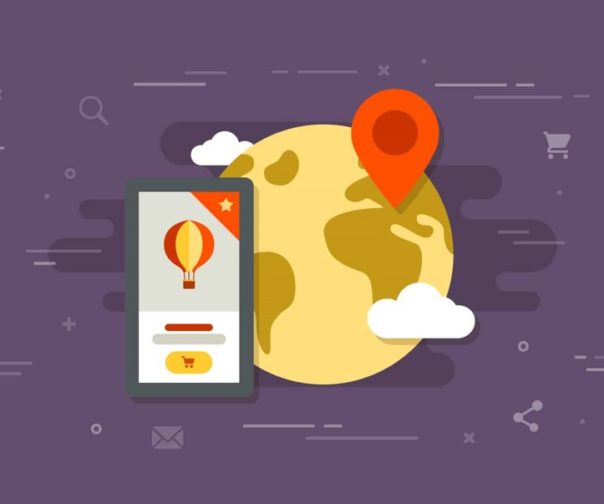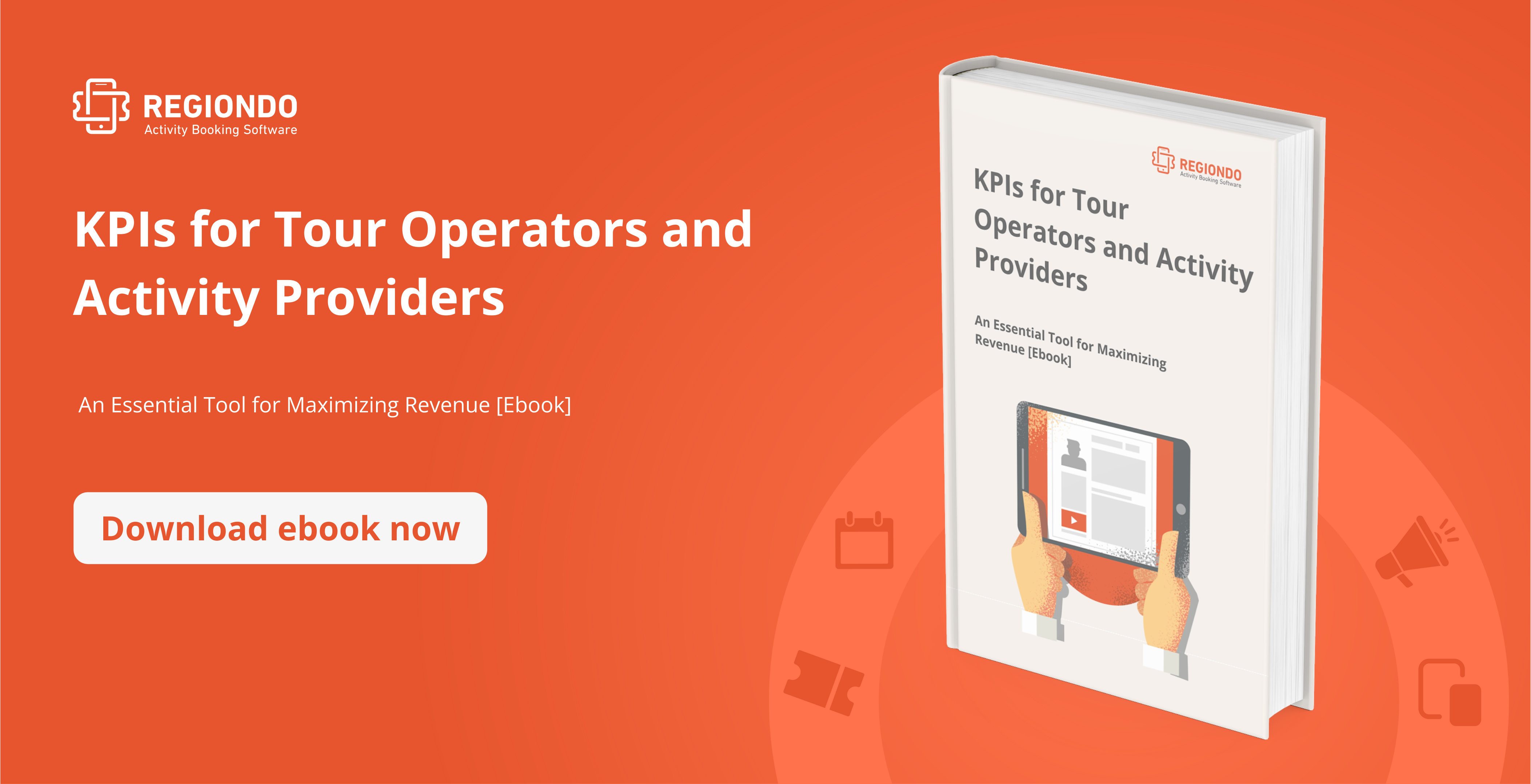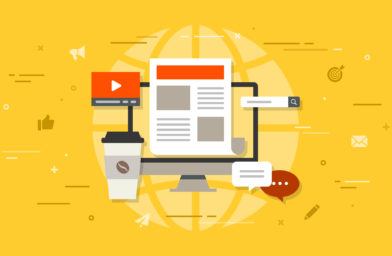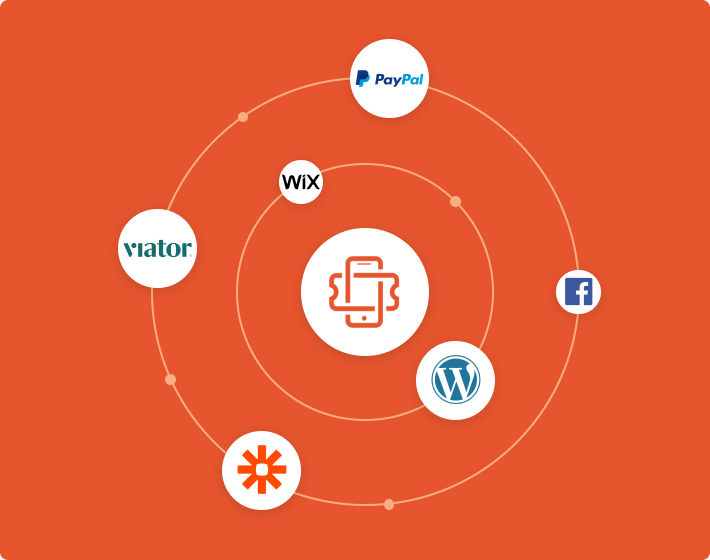The marketing mix is a term coined by Neil Borden in “The Concept of the Marketing Mix,” an article that was published in 1948. The term describes the combination of elements that make up the strategic marketing plan for a product.
In 1960, E. Jerome McCarthy, a marketer, introduced the four Ps classification of product, promotion, price, and place to refine the marketing mix concept. Three more Ps were later added to take into account the unique characteristics of the services market: physical evidence, people, and processes.
The service marketing mix is also referred to as an extended marketing mix that is an essential part of any service marketing plan. It assumes that the service is a product but adds 3 more Ps which are integral to optimum service delivery.
Let’s look at all 7 Ps.
Product
This P refers to a product that a consumer needs and wants to buy and is at the heart of the marketing mix. In the traditional sense, the product is tangible. However, typically, in the service industry, your product is not easy to examine and scrutinize – it is almost always intangible.
Your service product thus needs to be designed carefully. What most successful tour and activity operators do is conduct service blueprinting in order to properly define their services.
Price
This P involves working out a price for your business that is profitable, attractive to customers, and competitive in your niche. Pricing also depends on multiple other factors like:
- The geographic location of the destination.
- Seasonality, which is arguably the most important factor in pricing.
- Competitor pricing.
- Government regulations.
The travel and tourism industry responds to its highly complex pricing at two levels. The first one deals with marketing strategy which consists of product positioning, long term returns on investments, cost-effectiveness, etc.
The second one pertains to the marketing operations or strategies where the prices are manipulated to correspond with demand and competition.
All in all, your final pricing needs to take into consideration labor, material, and overhead costs. Adding a profit mark-up to that gives you your final service price. You could also charge extra for customer-friendly options like shuttle services.
Promotion
Promotion is how customers find out about your tour operation business. It is the different ways you communicate, sell, and describe your services. So when you create your promotional messages, you need to use terms that highlight the benefits of your services as opposed to its features.
Tourism companies need to inform and persuade potential customers. The right promotion will determine how you maximize the frequency of visits. Promotion in the tourism industry primarily focuses on four effective methods: Advertising, publicity, sales promotions, and word-of-mouth.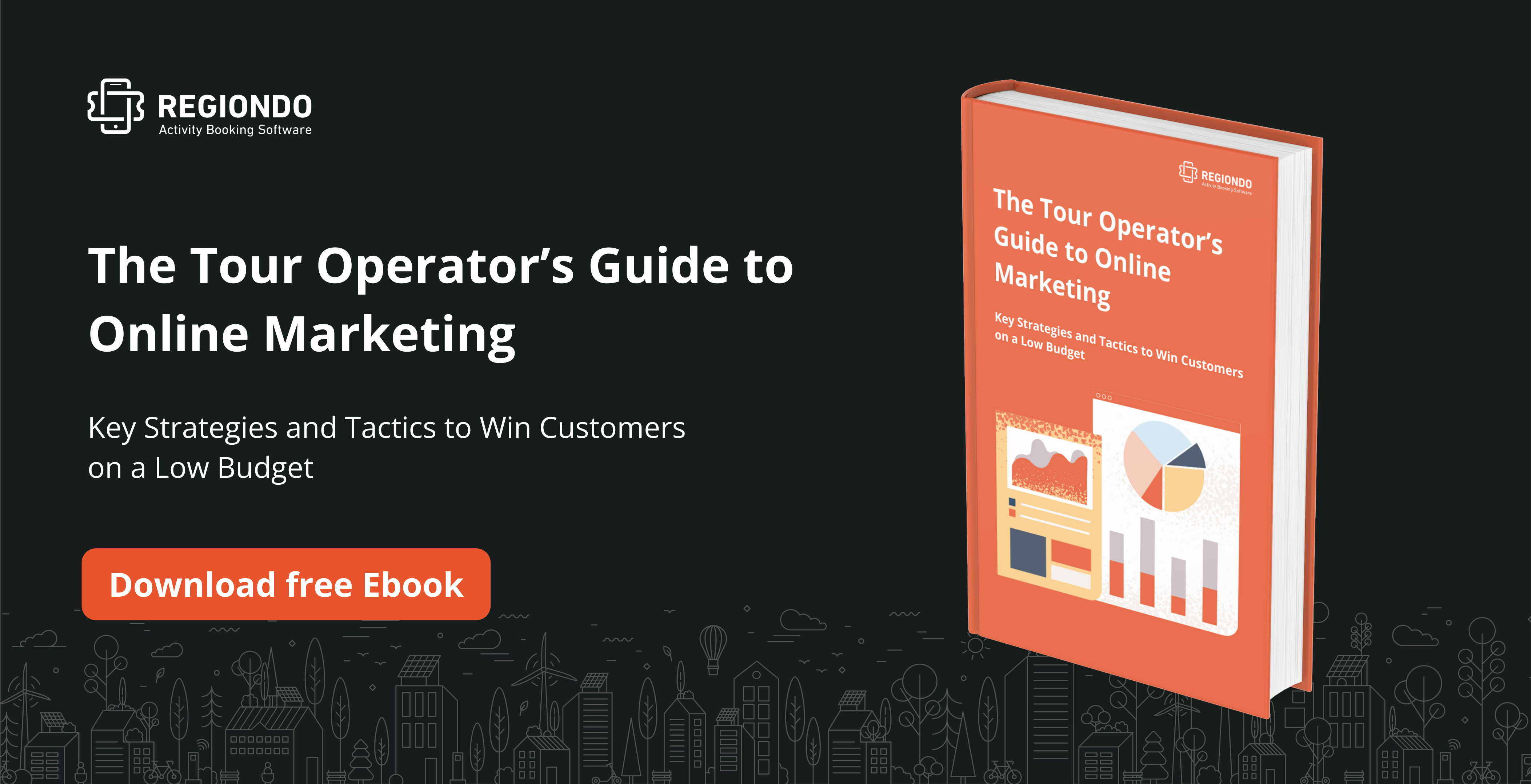
Advertising
You need to advertise to give important information to prospective tourists. The goal is to create awareness of your tour and activity offers by using visual scenes of events, venues, and activities as your main tools. For example, you can advertise visuals of beautiful cathedrals, white water rafting, relaxing massages, etc.
Publicity
Publicity is another major marketing tool. Building relationships with media people will help project a positive image of your tour operation to your prospective customers. Your publicity strategy could include regular stories and photos in newspapers, travel publications, blogs, social media, etc.
Sales Promotion
Sales promotions of short-term activities in order to boost sales during peak demand seasons are also a good way for you to gain market share. Promotions are particularly helpful if you are launching a new offer. The main tools could be seasonal offers or special sales (e.g. for activities during the week or during the low season).
Word-Of-Mouth
Word-of-mouth is arguably one of the most important and most effective promotional tools. However, to succeed in using it, you need to provide quality services. You also need to keep an eye out for opinion leaders or influencers; and take care of them so that they can promote your service via word of mouth. Nowadays the leader of online word-of-mouth is definitely TripAdvisor. Check out this article to improve your TripAdvisor ranking quickly.
Place
Place is where your customers buy your service and how you enable them to view and evaluate it. You should think about how to best reach your customer base, how they will consume your service, and when they make their purchasing decision.
Since your services are largely intangible, your best bet may be to sell exclusively online. The good news is that you can use various distribution strategies that reflect your objectives.
Physical Evidence
The main problem with services is that the customer cannot test it out before purchasing them – they cannot be produced until they are needed. It is thus important for you to offer other means by which a potential customer can make an informed decision on the value and quality of your service without making an actual commitment to buy it.
You can highlight testimonials from previous customers in brochures and make use of images. If you operate from a physical office, you should make sure that the space accurately exhibits the nature or branding of your business in the design and layout of the space.
Tourist attractions can be expensive for most customers so it is important that you make it more tangible for them by highlighting tangible items like the canoe they will sit in, the Segway they will use, route maps, etc. in your marketing materials.
Brochures, in particular, are important in showing how different elements of your offerings are well thought out. So you should include all the relevant information that a customer needs to know in order to gauge value.
People
The service industry relies heavily on professionalism and customer service. In services marketing, customers have difficulty differentiating between the person they engage with and the actual service. That shows that customer care is absolutely critical for your business. So any employee that has a customer-facing role must be properly trained for the position.
A lot of tour operators are actively focused on training their staff in interpersonal skills, customer service as well as customer satisfaction. They also need to be trained to have extensive knowledge of your product.
Want to know how to recruit the best tour guides? Read our blog article on how to differentiate between good and bad tour guides.
Processes
This refers to the different stages of a process to deliver a service to a customer. Services often need to be booked in advance in order to deliver the service to customer expectations and requirements; unlike tangible goods which are kept in stock and ready for purchase at any time.
As a tour and activity operator, you need to ensure that all stages of the processes preceding delivery of your service are planned and executed as well as possible.
The typical operation process for most tour and activity operators is as follows:
Tour information: The information regarding travel must be provided at a convenient location where a prospective customer can seek information about their tour.
Preparing itineraries: This is the series of operations that are required to plan a tour.
Liaising with service providers: Before travel is sold to a customer, contracts have to be in place with the providers of various services including transportation companies, hotels, coaches for sightseeing, etc.
Planning and costing tours: When the contracts and arrangements are finalized, then you can start planning and costing the tour. That will depend on the tour selected as well as individual requirements.
Ticketing: This typically involves online reservation systems and booking software.
Conclusion
That’s the marketing mix for tour and activity operators. Use this as a guide in setting up your marketing and sales strategies in order to maximize your efforts in those areas.
You might also like:
